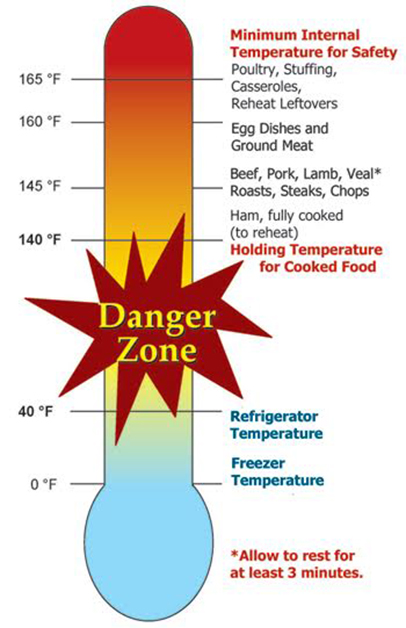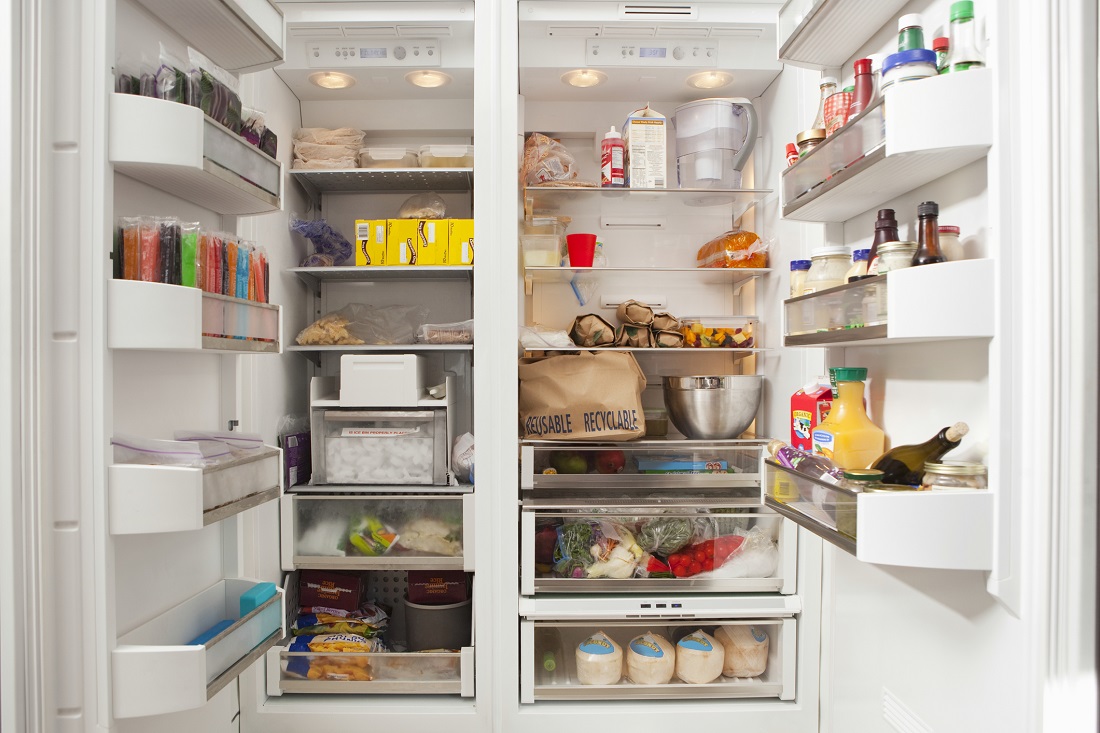To help reduce food poisonings, Food Standards Scotland is reminding people not to overfill their refrigerators this festive season.
Officials from Food Standards Scotland (FSS) said an overstuffed fridge could lead to food poisoning as its temperature can rise and bacteria can grow if the fridge isn’t cold enough.
Results from the FSS Food in Scotland Consumer Tracking Survey reveal that almost three-quarters of Scots completely fill their fridge at least some of the time, but only 12 percent always remember to check the temperature when it’s full.
Eight in 10 knew the correct fridge temperature of between 0 and 5 degrees C (32 to 41 degrees F:; however a quarter of consumers said they never check it.
Plan for buying more food
The online survey included a representative sample of 1,046 Scottish adults in December last year. It found the level of concern around food hygiene at home has declined from the previous set of results and those older than 45 were the least concerned group.
Dr. Jacqui McElhiney, head of Food Protection Science and Surveillance at FSS, said at Christmas people tend to buy more food than usual so it’s important to plan how to store and prepare it safely.
“One of the most common mistakes is to cram our Christmas food into the fridge, without realizing that this can raise the temperature. It’s really important to check that the fridge is cold enough and it’s between zero and five degrees centigrade to slow down the growth of food poisoning bacteria.”
The survey also revealed other bad kitchen habits which could put people at risk of food poisoning.

Complacency and confusion
Almost all consumers feel they have clear information on how to prepare and cook food safely, however a quarter admit to not looking for such information, suggesting complacency.
A total of 4 percent said they had gotten food poisoning in the past year and in a quarter of cases this was confirmed. Most thought the source was food eaten in cafés, restaurants or from carry out and takeaways. Half of those surveyed didn’t know what Campylobacter was and said they were unlikely to get food poisoning from food prepared at home.
Confusion remains around correct protocols for washing chicken and other meats but half of respondents said they never wash raw poultry. Food safety experts say raw poultry and meat should never be washed because splashing and overspray can easily contaminate surfaces, utensils and other foods.
Most of those surveyed say they will never eat poultry, pork, burgers or sausages if the meat is pink. However, public health officials say color is not a reliable way to determine whether food has been cooked to a high enough temperature to kill pathogens.
The most popular method for testing if food is properly cooked or reheated is visual with less than a quarter using a thermometer or probe. The vast majority will only reheat food once.
A third of respondents said they defrost meat and poultry at room temperature. Defrosting meat and poultry in the fridge or a cold place helps reduce the growth of food poisoning bacteria. Some forget to wash their hands which can transfer bacteria from one food to another.
(To sign up for a free subscription to Food Safety News, click here.)

